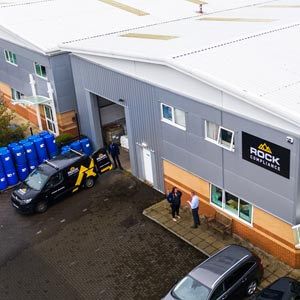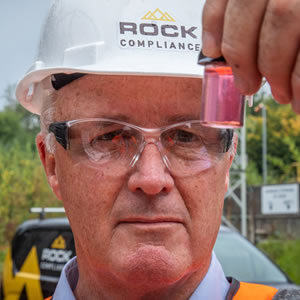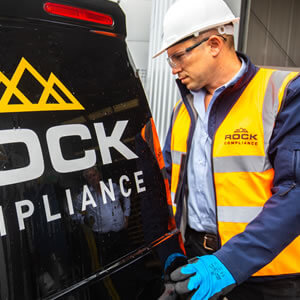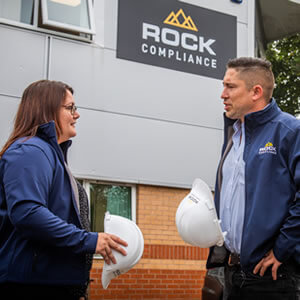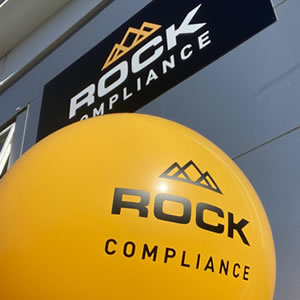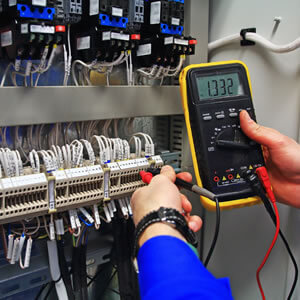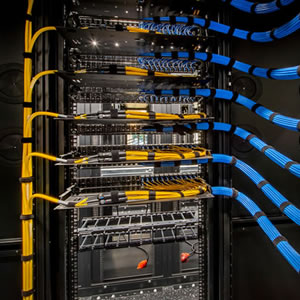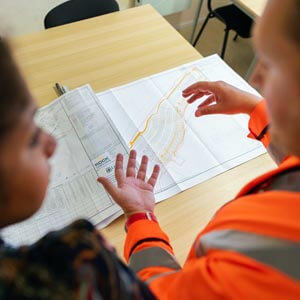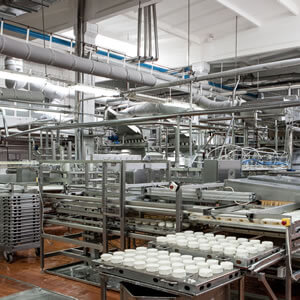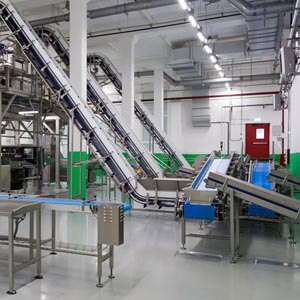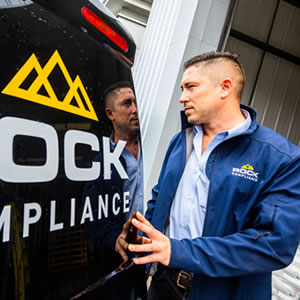About Pseudomonas Aeruginosa
Like Legionella, Pseudomonas aeruginosa poses a particular threat to anyone with a weakened immune system. This means it is a serious concern in hospitals and care homes, though it can occur in any building with a water source.
Pseudomonas aeruginosa is a potentially fatal infection that affects skin, blood, lungs, GI tract and other parts of the body. As it spreads, it can cause multi-site infections and trigger other serious conditions, included sepsis and organ failure.
The elderly, babies, people with an illness or a long-term condition such as cancer, COPD or cystic fibrosis, or patients with an open wound after surgery are all at particular risk from this unpleasant opportunistic waterborne bacteria.
According to NICE, around 300,000 people a year in England alone acquire a healthcare-associated infection (HAI) as a result of NHS care, causing distress, increasing hospital workloads, and necessitating costly treatment. BS 8580-2:2022 notes that Pseudomonas aeruginosa is one of the leading causes of infections in healthcare settings.
Pseudomonas bacteria flourish in damp areas and can colonise sinks, taps, mops, and shower heads. Respiratory equipment, catheters and other devices can also be contaminated.
Hospital water is a recognised potential source of Pseudomonas aeruginosa – several outbreaks have been attributed to contaminated water systems in hospitals.
A Pseudomonas aeruginosa infection can be challenging to get rid of. The bacteria have evolved resistance to some of the antibiotics typically used to treat it, meaning the risk it poses is increasing.
The safest thing is to deal with it before it poses a risk.
Rock Compliance Pseudomonas Aeruginosa Risk Assessments
A Pseudomonas Aeruginosa Risk Assessment from Rock Compliance helps you fulfil your duties as a responsible building manager. It also ensures compliance with the guidance contained within HTM 04-01.
All water sources should be properly assessed to identify the risks around Pseudomonas aeruginosa and other waterborne pathogens, such as Legionella.
One of the ways we ensure compliance excellence is through our EPIC online management tool. Your assets on entered onto your bespoke page on the EPIC database, recorded against risk. This helps us manage risk in your building and build a plan of action for its year-on-year reduction.
For more information our expert Pseudomonas Aeruginosa Risk Assessments (PARA), which can be carried out at the same time or independently of a Legionella Risk Assessment (LRA), please contact us.
Act now – don’t leave it until an outbreak brings your facility to a standstill.
Developing a Remediation Plan of Action
The process of carrying out a Pseudomonas Aeruginosa Risk Assessment leads to development of a Remediation Plan of Action detailing the services required to ensure compliance with relevant standards.
These services within the Remediation Plan can include proactive measures to prevent outbreaks, control the proliferation of Pseudomonas aeruginosa, and reduce overall system operating costs.
We support development of the remediation plan by:
- Pulling together risk across the entire estate and providing supporting documentation
- Profiling the risk identified
- Applying our methodology of making it simple to minimise risk and deliver compliance
- Building an action plan around the identified risk
We also offer Legionella Risk Assessments, which can be carried out at the same time or independently of a Pseudomonas Aeruginosa Risk Assessment.
You can learn more about our Pseudomonas Aeruginosa and Legionella Risk Assessments on our Remediation pages.
